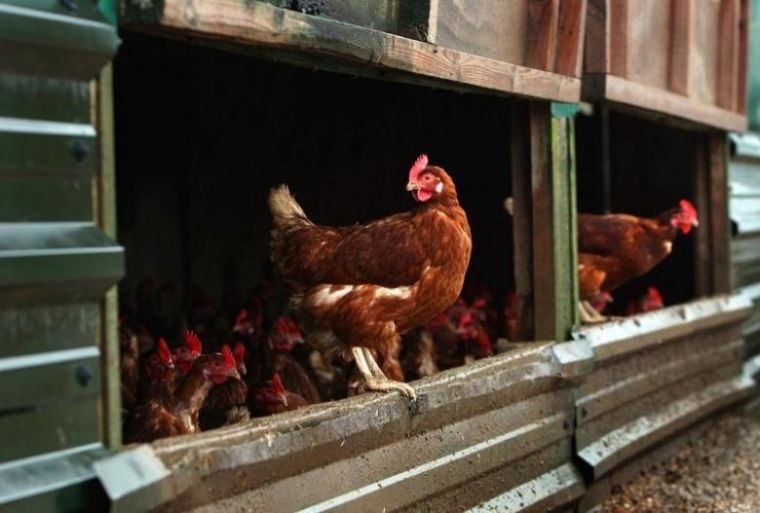Which came first – the chicken or the Church?
The question of which came first, the chicken or the egg, is a puzzle that has been posed to schoolchildren for generations.
Now it appears that the Church itself, long rendered uncomfortable by Darwin's theory of evolution, might actually have helped the modern chicken evolve – becaus of the rigors of fasting and dietary laws in the Middle Ages.

Although chickens originally came from Asian jungle fowl about 6,000 years ago, the new study found some evolutionary developments arose much more recently.
Researchers found reduced aggression, an ability to live alongside other birds and faster egg-laying emerged in about 1,000 AD, Breaking News reports.
One explanation given is religious rules at the time often enforced fasting where four legged animals were banned.
However chickens and eggs were allowed during the long fast seasons such as Lent.
Lead researcher Dr Liisa Loog, from Oxford University, said: 'Ancient DNA allows us to observe how genes have changed in the past, but the problem has always been to get high enough time resolution to link genetic evolution to potential causes.
'But with enough data and a novel statistical framework, we now have timings that are precise enough to correlate them with ecological and cultural shifts.'
The research which combined DNA data from archaeological chicken bones with statistical modelling found some features originated as recently as the Middle Ages as demand for poultry rocketed.
It found that 1,000 years ago just 40 per cent of chickens had the THSR variant gene that helped them cope with living with other birds. Now all domestic chickens have this, highlighting how natural selection has favoured those who can cope with living in close proximity to one another.
Dr Loog added: 'We tend to think that there were wild animals and then there were domestic animals rather than thinking about the selection pressures on domestic plants and animals that varied through time.
'This study shows how easy it is to turn a trait into something that becomes fixed in an animal in an evolutionary blink of an eye. Just because a domestic trait is everywhere in animals and birds today does not mean it was there at the very start of the domestication process.'











